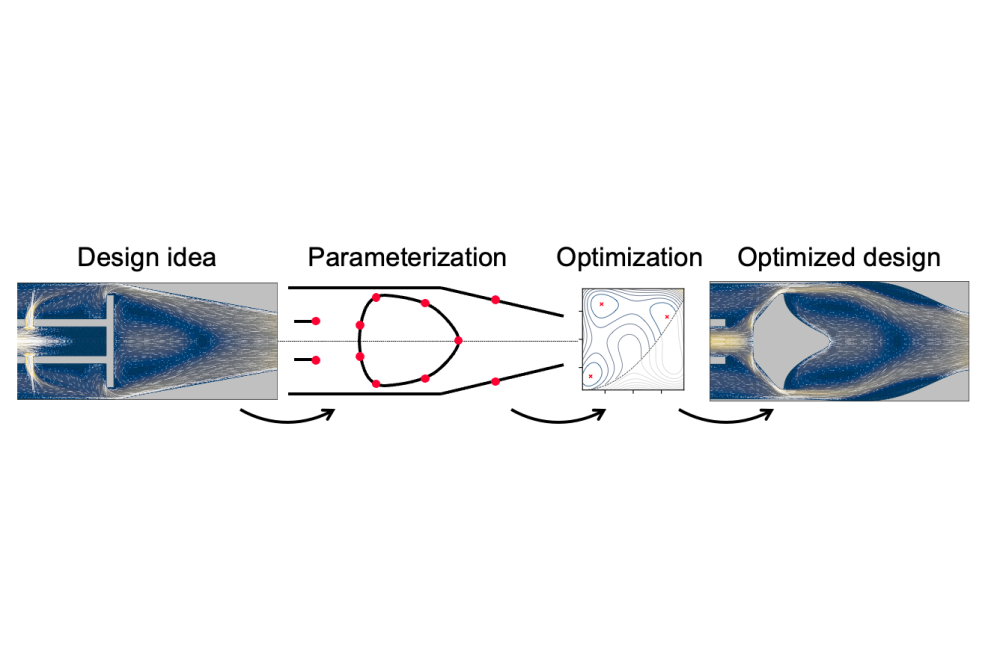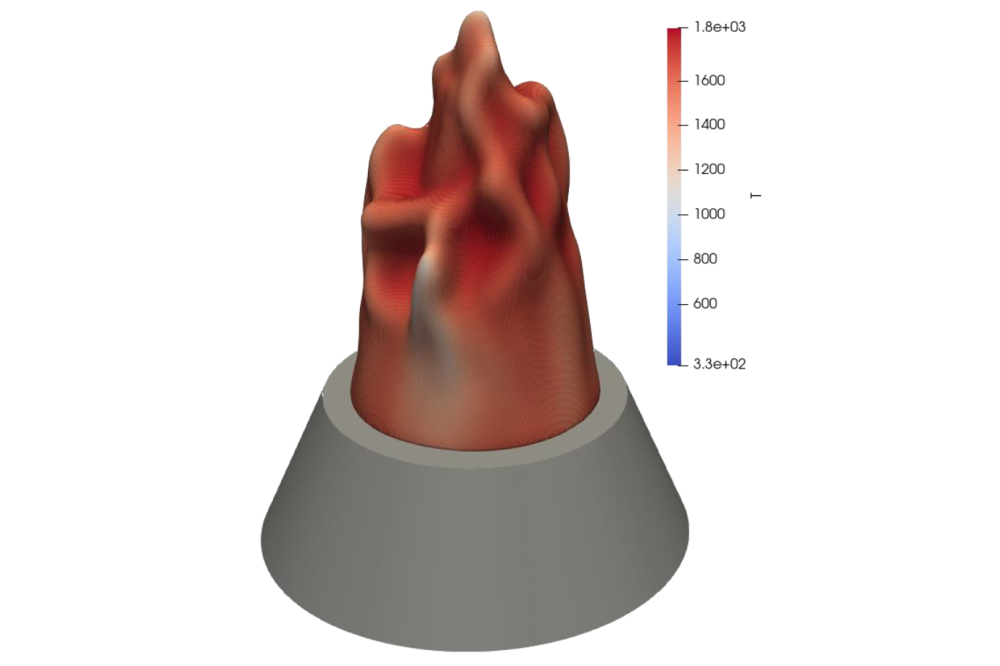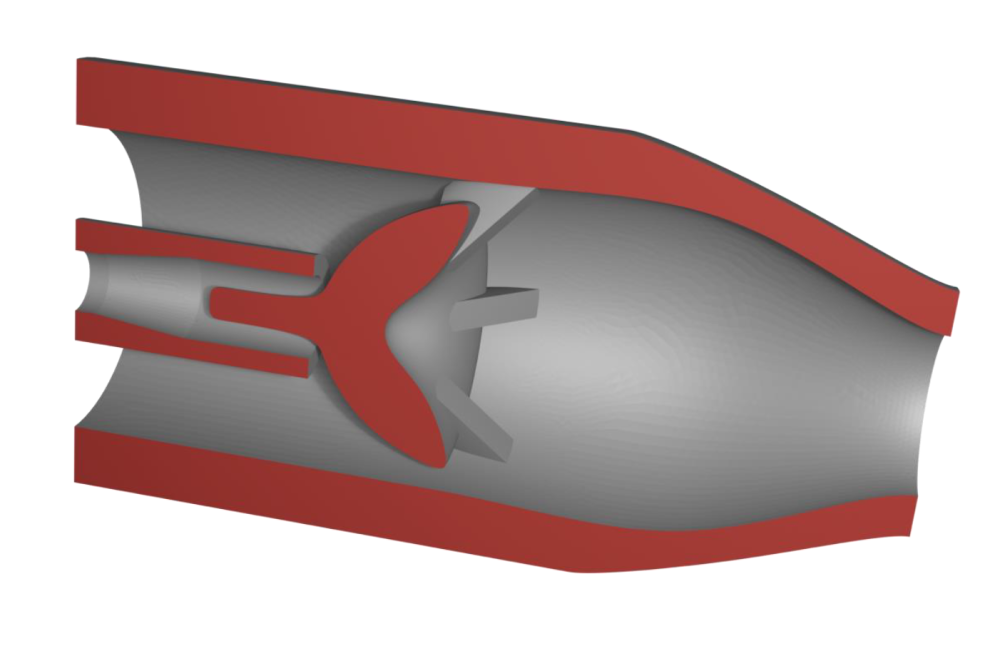Design and Analysis of Efficient Hydrogen Burners for 3D Printing
Einleitung
Green hydrogen has been identified as an important energy carrier for the future energy economy. However, due to the unique combustion characteristics of hydrogen, novel burner design concepts are required to ensure safe operation of the burners and low emissions. Burner-stabilized hydrogen flames are prone to flame flashback due to the high reactivity of hydrogen. Furthermore, the high combustion temperatures achieved with hydrogen combustion favor the formation of nitrogen oxides which are known to cause health and environmental problems. To address these challenges, a simulation-based design optimization framework is developed enabling the generation of unprecedented burner designs that produce low emissions and reduce the risk of flame flashback. As the simulations require extensive computational resources, High Performance Computing (HPC) systems are required for simulation-based optimization. Furthermore, additive manufacturing techniques are leveraged to loosen manufacturing constraints to the design optimization and enabling fabrication of innovative and complex shapes.
Methoden
In the context of simulation-based design optimization, the number of simulations necessary to converge to an optimal design often dictates the efficacy of the optimization process. Efficient gradient-based optimization algorithms require information regarding the sensitivity of the objective function with respect to the design variables. However, acquiring this information can be challenging without major modification of the simulation code or inefficient approximations. The employment of a surrogate model decouples the optimization from the simulations enabling derivative-free optimization. In the context of simulation-based optimization of hydrogen burners, the mixing process of fuel and oxidizer inside the burners can be simulated and optimized. This can be realized with different turbulence modeling approaches with varying levels of fidelity. To efficiently optimize the burner’s internal geometry, multi-fidelity optimization is employed, leveraging the strengths of each turbulence modeling approach. This is realized by using a surrogate model that takes different fidelity levels into account. The construction of the surrogate model involves sampling of the design space according to approach from the field of Design of Experiments. As the simulations corresponding to the sampled points are independent from each other, multiple simulations can be executed simultaneously. Since no communication between the simulations is required during execution, this method exhibits excellent scaling behavior on HPC systems.
Ergebnisse
The optimization framework is applied to a range of burner designs with distinct parameterizations. During the optimization process, a large variety of designs is generated. Utilizing a global genetic algorithm, optimized designs are obtained. These optimized designs are then subjected to further analysis using reactive simulations of the flame that stabilizes on the burner. A substantial improvement in the objective function relative to a reference design is evident. While the primary objective of the optimization framework is the identification of globally optimal designs, the framework also extracts additional locally optimal designs using a local optimization algorithm. This additional optimization is conducted to extract designs that may have favorable behavior that is not captured in the simulations for subsequent experimental investigation.
Diskussion
A shape optimization framework was developed and successfully applied to an inverse design problem of a hydrogen burner. The internal geometry of the hydrogen burner was automatically modified and optimized. The robustness of the developed framework was demonstrated by applying it to various designs with different parameterizations. It is important to note that the shape of the optimized design is strongly dependent on the initial parameterization. Therefore, further optimization studies with other parameterizations will be valuable in order to explore more of the available design space. The framework’s efficiency may be further improved by implementing advanced adaptive sampling approaches aiming to reduce the number of simulations that is required to obtain the optimized designs.






